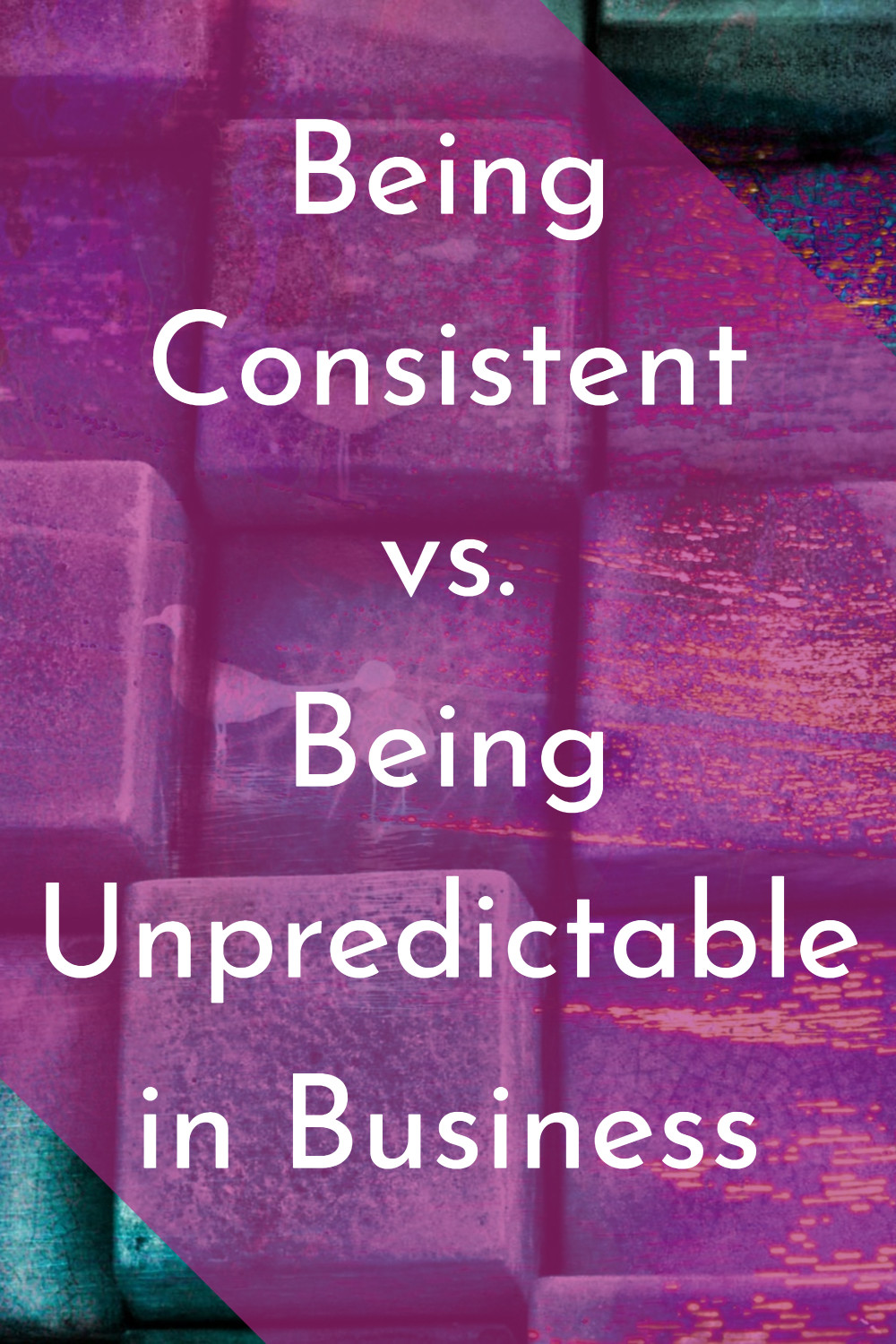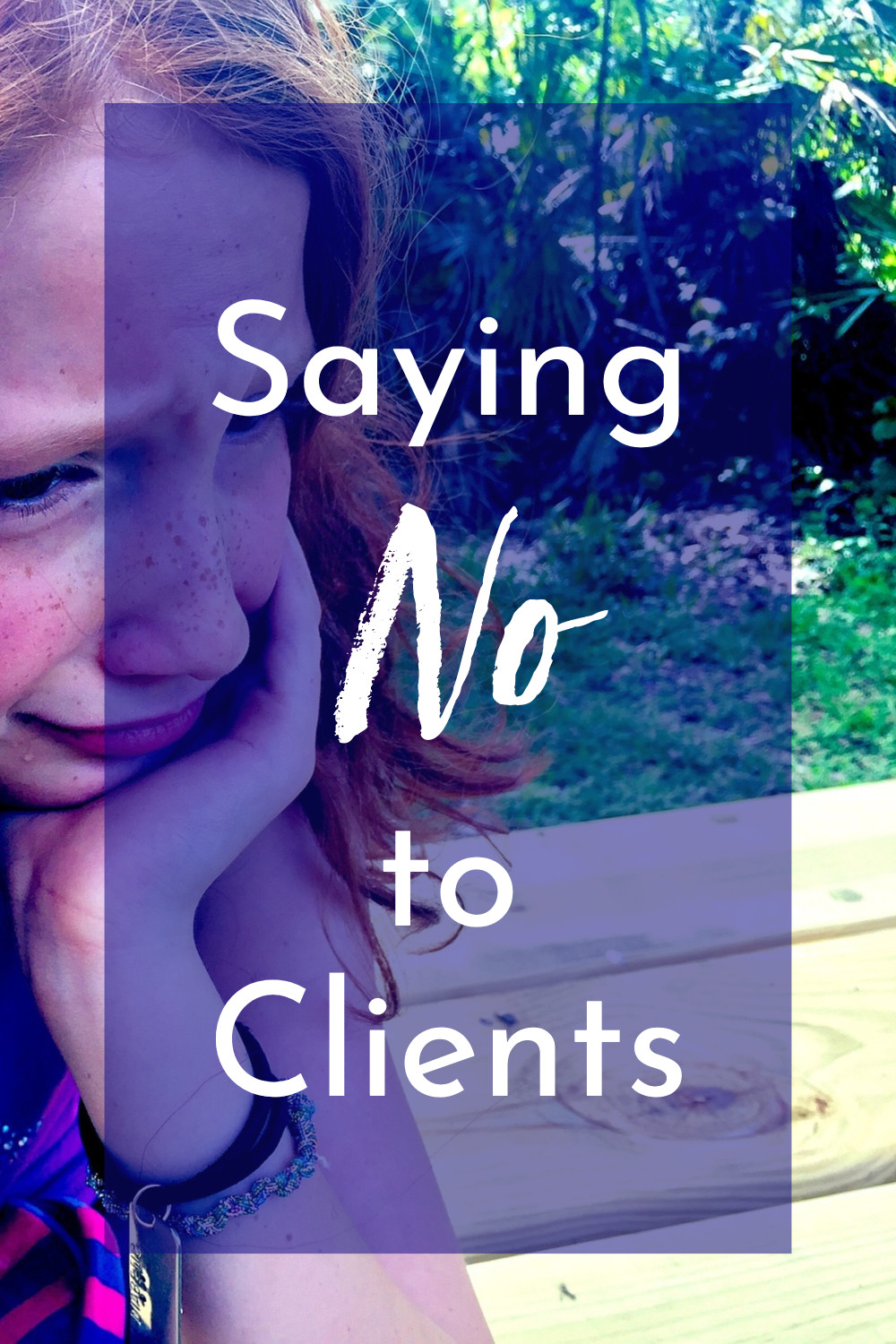
Brand Consistency
Brand Consistency
Brand consistency is a topic I’ve been reading about a lot lately. Basically, when a business (or even a blog) keeps certain elements the same across their site and various platforms, people are more able to recognize the business, become familiar with it, and eventually start a relationship with the business by following them via social media or email, and by buying their product or service.
There are three aspects of brand consistency that businesses can use in varying degrees.
Visual Consistency
This is what most people think of when you talk about branding, and it’s the easiest one for potential clients and customers to spot. It’s also where my focus has been for the past month or so as I build my own brand’s visual components and study how to create them for others.
Every business should have the basics, such as a consistent logo, fonts, and colors. Photos are one area that can get tricky, since new ones may need to be added constantly for some businesses. I know some businesses use the same photographer for all of their main photos. Others use the same Adobe Lightroom preset or the same Instagram filter to achieve a cohesive look.
When I was selecting my new header image to go along with my new logo (please, leave a comment letting me know what you think of it!), I bookmarked the page with all of that model’s other images so I could have some variety while maintaining a very consistent look.
Also, in my blog’s theme, Divi you can set up every single blog post to have a different look, if you want. But that doesn’t make a site look like it belongs together. Instead, I set up a global header that I can add to every post, and if I decided I need to change it as I refine my brand, I can go to one place and it will be updated everywhere.
Tone Consistency
Not only should the visual elements of a business be consistent, the tone of the business should be as well. This applies to not only the written words, but spoken, if a business is holding webinars, doing a podcast, or even has a simple welcome video on their site. Writers talk about “finding their voice” and a business should have a distinctive voice as well, especially if they produce a lot of words – like bloggers, content writers, podcast hosts, and online learning instructors.
If you are blogging or wanting to start a solo business, the advice is often to “just be yourself”. While I agree that authenticity is key (and you may be found out quickly if you add in audio or video and who you are doesn’t match your writing), being yourself could mean about 50 different things for one person. We are all a bundle of contradictory traits.
A lot of branding says to “pick three words” but doesn’t give you much help as to deciding which three are best out of the dozens you could use to describe yourself or your business. So let’s try it this way:
What are 5 things you like about yourself? Think of things that would make you happy if people complimented you about them. Make sure that the compliment would feel genuine and make you think, “Yes, I am stylish”, or organized, or creative.
Now think of your potential audience, or customers, or clients. Which three of those five words would make them more prone to trust you, or like you, or consider your work high quality, if they knew that about you? If you need to, you can add one word that is more related to the business instead of to you specifically, or something you aspire to – but make sure at least 2 of the 3 words are firmly grounded in who you are.
Keep those three words in mind as you produce any content for your brand. Try to bring out those aspects of your personality a bit more, in a way that feels genuine. If you do that, you’ll be well on your way to having a consistent voice!
Content Consistency
This covers three areas – frequency, format, and subject matter.
Frequency is pretty basic – find your sweet spot for how often you can create excellent new content. As I’ve discovered, posting once a day with my current schedule leads to posts that only scratch the surface of topics I want to explore further, and takes away too much time I should be investing in other areas to build my business. So I’ll be trimming things back to around once a week in June, and see how that goes. Bottom line, people should know when to expect new content from you, not matter how frequently you decide to share.
Format can tie into some visual components, and it’s best to not have every type of content have the exact same format (all top ten posts, all video how-to posts, all review posts) unless the premise of your business relies solely on that format of content. But each similar format should have the same structure – not having some top ten lists in a slideshow and some in a list, for example.
Subject matter will depend on how narrow the focus of your content. Lifestyle bloggers can have a very broad area of subject matter, while a camera review site would have a more specific area.
Those are a lot of areas to consider when trying to build brand consistency (though I have seen FAR more extensive lists). One important thing to remember is not every business will focus the same amount on each of those areas. You can have a little leeway in one area if you make sure the others are strong. Some examples:
A lifestyle blog can talk about everything under the sun, as long as it has a very strong tone and good visual consistency.
A model train company can hire a few different hobbyists with very different tones to blog on their site, since the subject matter is so narrow, and can use formatting and visually to maintain consistency.
A designer can let the visual component of her business speak for itself, and focus less on her words.
Which area of brand consistency is most important for your business? In which area does it need the most help?

Want to hire me as a Pinterest Designer and Manager to help you get more traffic, leads, and income for your blog or business? Check out this page to see what I can do to help you grow!







Recent Comments